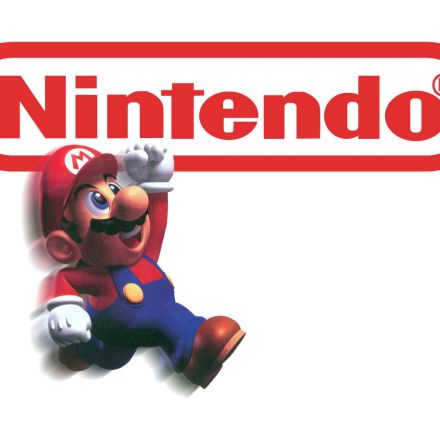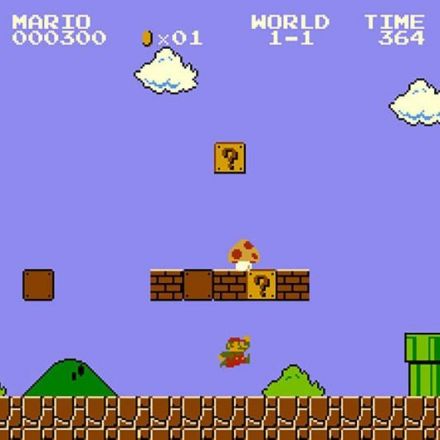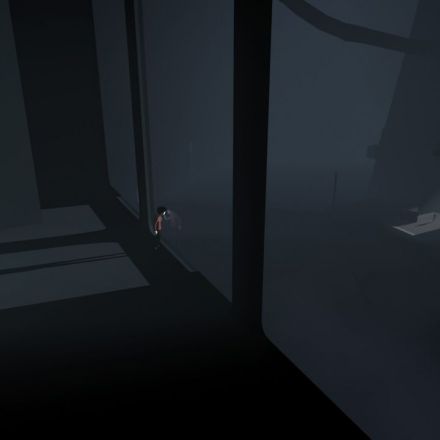

10 years ago
4
Super Mario Runs Left to Right Because Our Brains Say So
Does this gif hurt your brain? You're not alone. Ever wonder why side-scrolling video games from the 80's and 90's almost always scroll in a single direction—left to right? This might seem like a silly question (duh...it just makes sense that way), but if you really think about it, it is a little odd. Why do games always scroll that way?
Continue Reading
Additional Contributions:



























Join the Discussion
There's a lot of languages which read right to left (Hebrew, Arabic, Japanese). I wonder how that plays into it.
Come to think of it, Mario is a Japanese character. They're used to tracking things right to left.
Yeah, I thought the reason was because people have a natural tendency to want to turn right instead of left so it just feels more natural to want to see whats on the right side of the screen and move in that direction. I am probably wrong, but that's what I always wondered.
It probably doesn't hurt that computers make it easier to go left to right.
Normally, the screen origin is in the upper left increasing to the right and down. All the CRTs I'm aware of scan left to right, so the memory layout just makes sense.
You can absolutely scroll to the left, but your first instinct would be to write code to scroll right since otherwise you'd probably have to start your screen at the end of graphics memory, minus the size of one screen and then count backwards. It's way more obvious to start at the beginning of graphics memory and count up through it.
After a few games were written, primarily going the other direction would feel odd.
That's not actually true for all platforms. I programed 8-bit computers in Assembly, so I know a thing or two about this.
Some architectures back in those days, had character mapped graphic modes, where instead of assigning color to every individual pixel, the programer could map 256 8x8 characters, using 2 colors on each, then write them on the screen as strings. That was super efficient, since it only took 24 lines of 32 character to copy to the video memory. Scrolling to the left was done by moving the character then masking the new address on that line with &1F, if the result was zero, the character would be out of the screen and would be discarded, then a new one was placed position zero. To scroll on the other direction, each character was moved left and if it's new address underflowed (I.e. became less than zero), it'd be discarded, then a new one was placed on the right. Both are equally easy to do.
But in these kind of architecture, it was much easier to make vertical scrolling games. In side scrolling, you have to worry about the offset between one line ant the other. A level 8 screen wide would require 24 strings of 256 characters, and each time the visible window had to scroll, the code would have to read 24 bytes, each 256 bytes apart on the memory, or have the level set as 256 columns, then read a column and place the 24 bytes in the video memory, each 32 bytes apart.
Vertical scrollers were much more trivial, move every byte from the second line forward to an address 32 bytes lower, then add a string on the last line. Done.
Of course, this relied heavily on the hardware's architecture. I never coded to Nintendo's 8-bit architectures, so maybe THEIR particular hardware was more friendly to side scrollers that moved to the right.